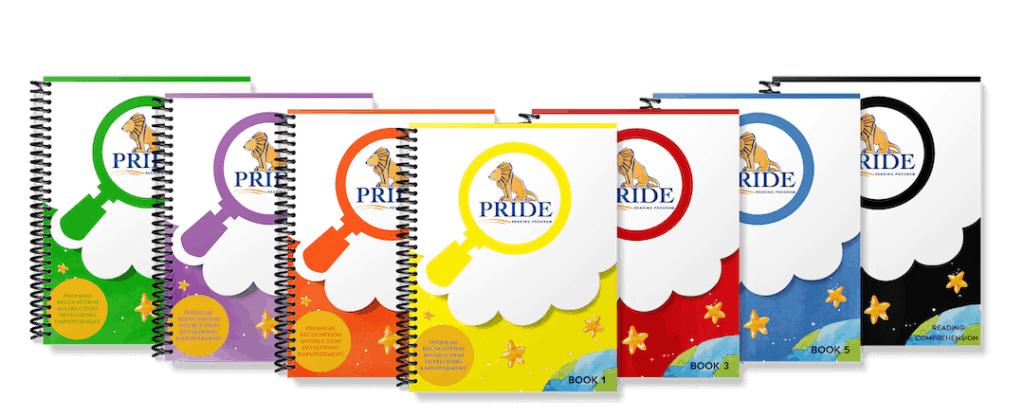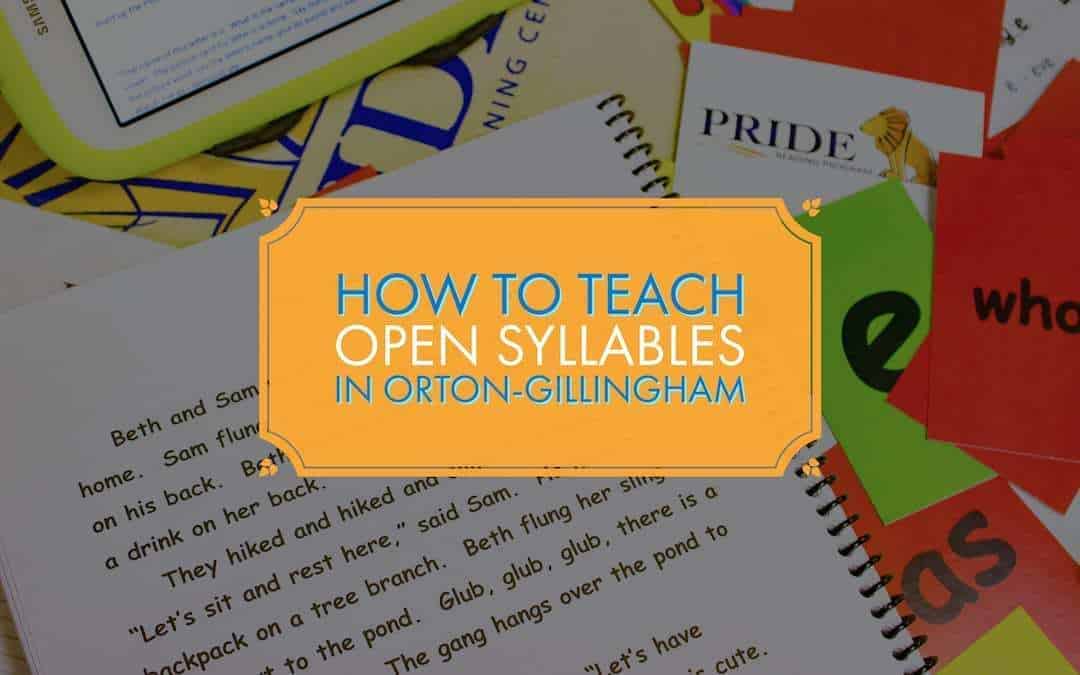One of the many reasons that I love the Orton-Gillingham approach is that instruction includes the teaching of all basic syllables and syllable division rules.
Through my many years of Orton-Gillingham teaching experience, I have come to learn that teaching open and closed syllables are probably the easiest of all the syllable types to learn and very fun for the students to master.
So…let’s start with Orton-Gillingham Open Syllables on today’s post.
Why Teach Orton-Gillingham Open Syllables?
Breaking up words into chunks is a really important part of learning to read and spell well. Why is this important? Well for starters, we use syllables for mastering spelling. We first break down spelling words in our heads, and then write these words out syllable by syllable. When we come across words we are unfamiliar with, we also end up breaking down the word syllable by syllable. For many of us this comes naturally, but for a lot of kids – it doesn’t. These kids need to be given explicit spelling instruction.
Kids need to learn syllables to become strong in their decoding and encoding skills especially when they get to multisyllabic words. As kids get older they will encounter so many unfamiliar words and will need the strategies necessary to attack these words. When you teach syllables, you are building a strong reading and spelling foundation.
There are six different syllable types that students must learn in order to master spelling. Types of syllables include closed, vowel-consonant, magic e, open, consonant, -le, r-controlled and diphthongs. To read about the six different syllable types, please read my previous post:
Teaching Syllable Division for Reading and Spelling.
Teaching Open Syllables Step-By-Step
Step 1:
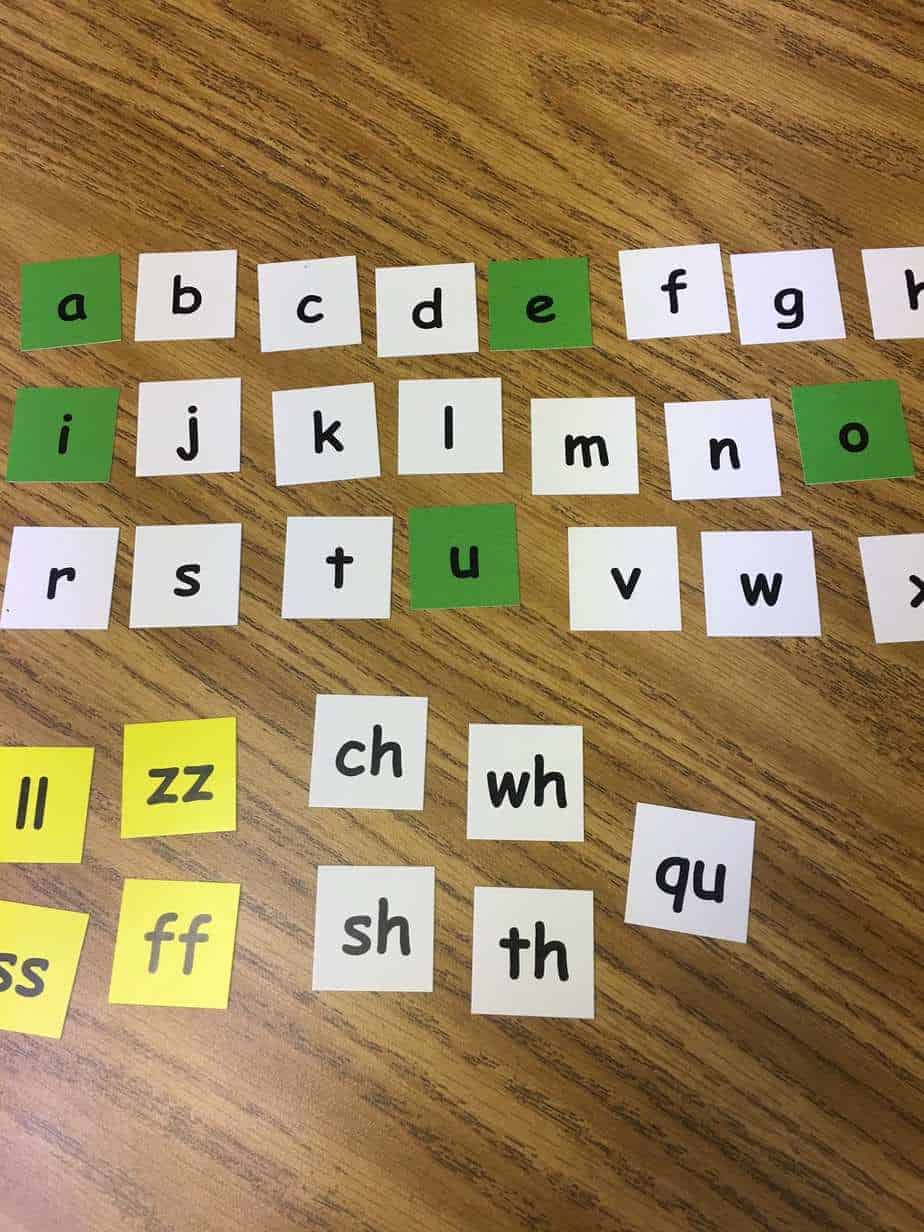
Before I begin teaching any syllables, I make sure the students have memorized:
-every syllable has to have a vowel-
(I make this a snappy little chant that the kids chant with me. I review this often so that the kids have it memorized.)
Next, I grab my letter tiles. The best way to teach these open syllables to a student is by using letter tiles.
Students need multisensory instruction in order for a skill to “stick.” The tiles provide the student with a visual, auditory, kinesthetic and tactile manipulative.
Step 2:
Then using the letter tiles, I build the syllable got. I say to the student,
“The syllable /got/ is a closed syllable. It is closed because there is just one vowel” (I point to the vowel o) “and that vowel is closed in by the consonant t.” (I move the letter t back and forth so students can visualize the t closing the o).
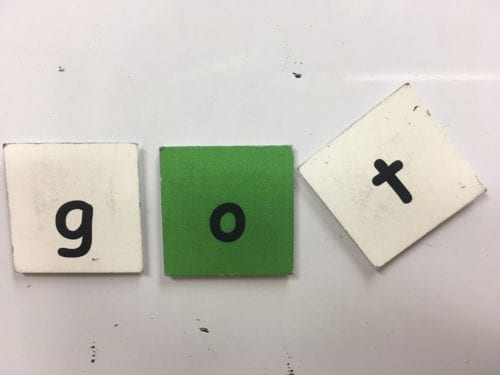
Step 3:
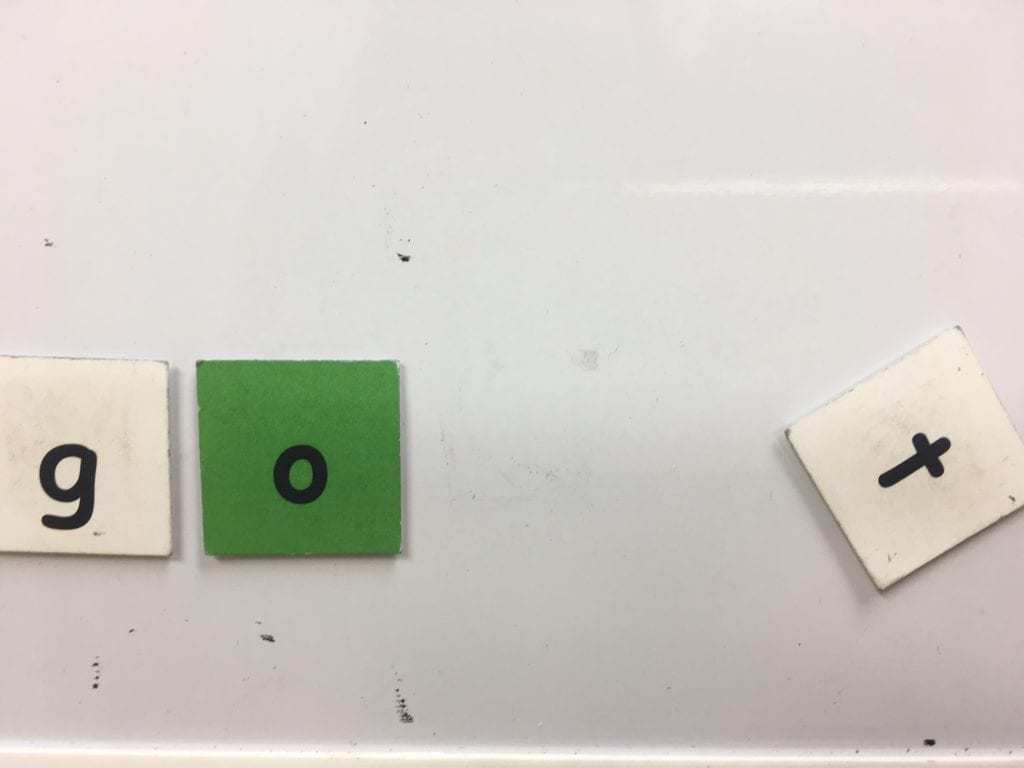
“This new word is go. The vowel o makes the long o sound. In an open syllable the vowel can take a long walk – and make its long sound, because there is no consonant to close the vowel. Can you please take the o tile and show me how it takes a long walk?”
The kids love moving the tile o around and pretending that it is taking a long walk.
This lesson is a lot of fun but also gives the kids a lasting memory of the open syllable vowel making a long sound.
I repeat this process with a few more words. I let the kids point to the vowels, separate the syllables, make the tiles open and close the vowels and let the kids make their tiles take a long walk.
Some words I use for more practice in open syllables are:
- fro/zen
- be/gin
- ba/con
- pa/per
- be/gin
- re/lax
- ti/ger
- mi/nus
Teaching Orton-Gillingham open syllables is just one step closer in getting those kiddos to read and spell well.
[et_bloom_inline optin_id=”optin_4″]
Thank you for reading my post today. You might also enjoy reading my previous post on this subject;
How to Teach Orton-Gillingham Red Words
Show Me an Orton-Gillingham Lesson
Please don’t leave without checking out the PRIDE Reading Program. The PRIDE Reading Program is an Orton-Gillingham curriculum that is used by teachers, tutors, and homeschooling parents worldwide with great success.
